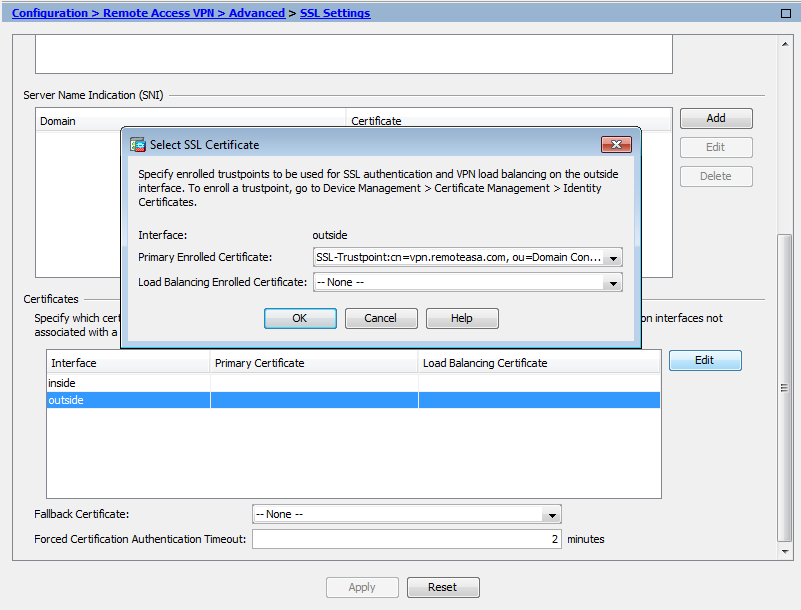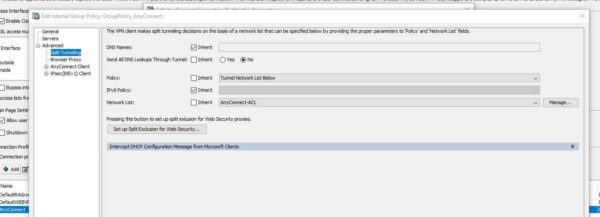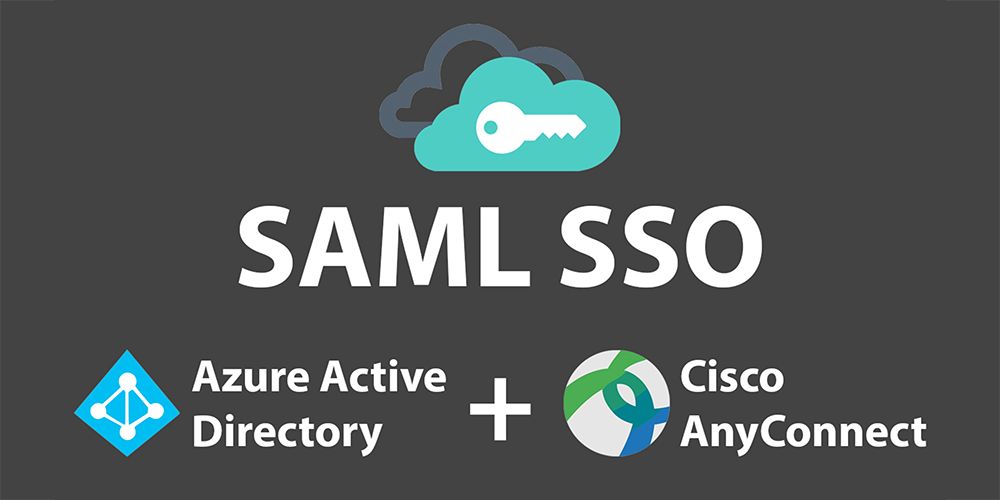


Below you will find the template commands to configure the CA trustpoint for Azure AD IDP and enroll the Base64 certificate you downloaded in Section 1, Step 5.SSH into your ASA device using your preferred SSH client.Logout URL (Azure AD) = Sign Out URL (ASA) See below for how these values translate in ASA terms.Īzure AD Identifier (Azure AD) = IDP Entity ID (ASA) Once the SAML configuration page loads, we will need to download the Base64 certificate from box 3.Once the application has been created, browse to "Single sign-on" and then select "SAML".Once named press the blue "Add" button at the bottom of the blade. In this example i have chose "An圜onnect-SAMLSSO". Under the "Add an Application" menu, select "Non-gallery application" and enter in a name for your application.Browse to Enterprise Applications > All Applications > + New Application.

Existing VPN tunnel group (Make sure the tunnel group does not have spaces in the name otherwise you may run into issues accessing the metadata in section 3) Azure AD (Free version will work, but paid versions are required in order to enforce conditional access policies like MFA)ģ. I had some difficulty completing this setup process on ASDM, so this article will cover the steps to complete via SSH/CLI.Ģ.

Although i strongly believe that Azure AD is NOT a replacement for an on premise domain, Microsoft's continued development has proven it a viable solution for organizations of many sizes. Whether this is your case, or you are just looking to utilize modern web based authentication - then this article is for you. As the "cloud only" model continues to grow, we are starting to see an influx of environments where a legacy on-premise Active Directory domain does not exist.


 0 kommentar(er)
0 kommentar(er)
